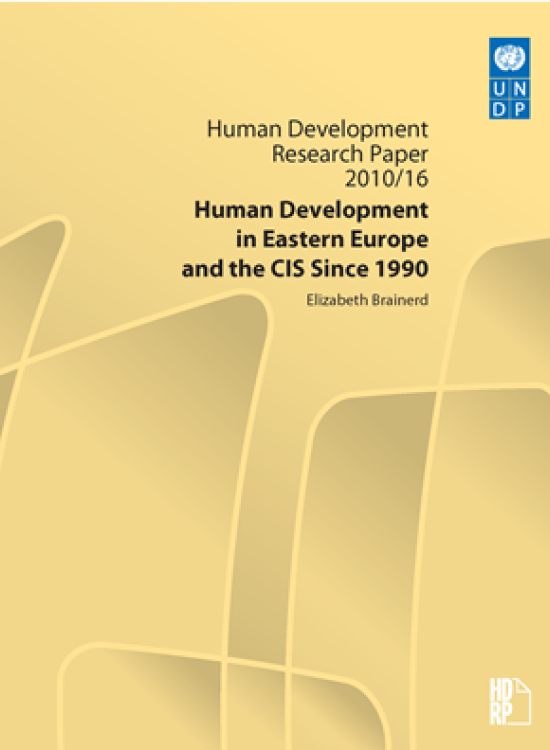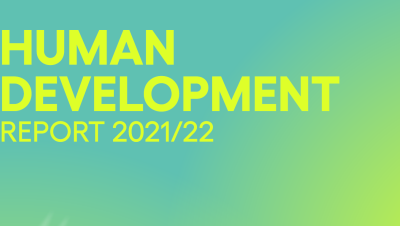Human Development in Eastern Europe and the CIS Since 1990

Download Report by Language
Document
hdrp201016.pdf
(524.37 KB)
Citation
Brainerd, Elizabeth. 2010. Human Development in Eastern Europe and the CIS Since 1990. New York.
Human Development in Eastern Europe and the CIS Since 1990
Posted on: January 01, 2010
This paper examines changes in human development in Eastern Europe and the Commonwealth of Independent States (CIS) since 1990. Three main areas of human development in the region are discussed in detail: (i) changes in wage and income inequality; (ii) trends in mortality and life expectancy; and (iii) changes in political participation and empowerment. While all countries experienced declines in income, rising unemployment and increased inequality in the 1990s, by 2008 most countries had reached or surpassed their pre-transition levels of income per capita, and unemployment and inequality had declined or at least stabilized. Life expectancy declined sharply in the former Soviet Union in the 1990s and remains at low levels. In contrast, life expectancy across Eastern Europe has risen dramatically. Political trends have also diverged across the region, with most East European countries and the Baltics now considered to be reasonably well-functioning democracies, while a number of CIS countries have lost most of the gains in democratization achieved in the 1990s and turned toward authoritarianism.

